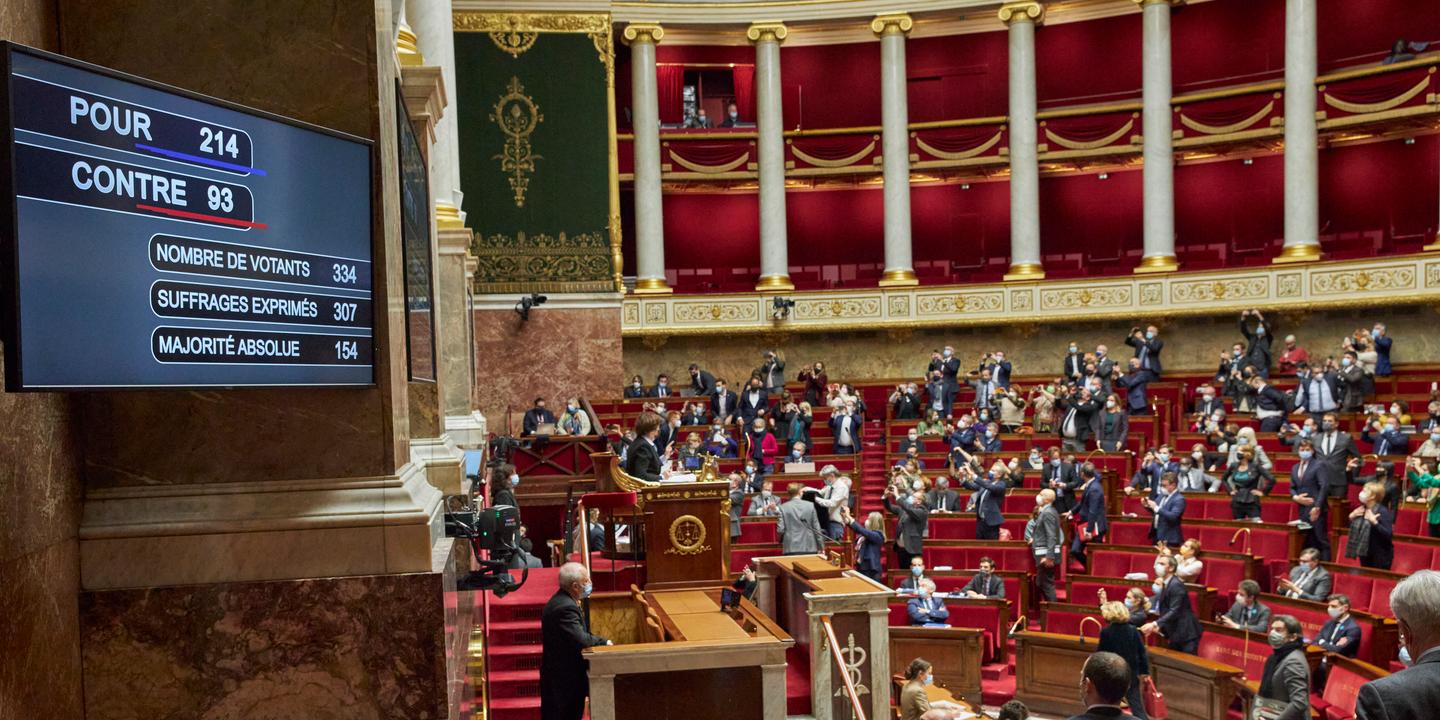What occurs after the 2nd analysis of an expense? – So, the 2nd analysis’s over. The discussion’s waned, the modifications have been pondered, and currently … what?
After the 2nd analysis, an expense gets in an important phase. Think about it like a scrumptious dish. The active ingredients (the costs’s preliminary propositions) have actually been completely gone over and possibly modified. Currently, the genuine food preparation starts– the costs relocates right into board job.
Committee Work: Imagine a tiny team of professionals, enthusiastic supporters, and eager viewers reading every line of the costs. They inspect it, line by line, looking for possible defects, analyzing its ramifications, and suggesting modifications. These boards, typically specialized by topic, supply an opportunity to fine-tune the regulation better. This is an important action, making sure the costs is well-considered and addresses the worries of various stakeholders.
- Detailed Analysis: Committees dig deep right into the costs’s ramifications for different fields, thinking about possible financial influences, social impacts, and ecological repercussions.
- Public Input: Often, boards hold hearings where teams and people can share their sights on the suggested modifications. This is an essential chance for public involvement and making sure the costs mirrors the requirements of the area.
- Amendments: Based on the conversations and comments, the board can recommend more modifications to the costs, fine-tuning it to much better address the problems handy.
Third Reading: Once the board completes its job, the costs go back to the complete legal body for a 3rd analysis. This is the last opportunity for an extensive evaluation. The costs exists, questioned, and possibly changed one last time. This is your opportunity to listen to the last disagreements for and versus the costs, making it the last chance for substantial modifications prior to ballot.
Voting and Passage: After the 3rd analysis, the legal body ballots on the costs. If it passes, the costs relocates to the following action in the legal procedure, typically an evaluation by the various other legal chamber. The procedure can begin once more with a brand-new costs or a brand-new variation completely if it stops working. This action is important as it indicates the costs’s trip in the direction of ending up being legislation. This procedure is various in each nation and differs commonly relying on the political framework.
The Journey Continues: Once an expense is gone by both chambers of the legislature, it heads to the executive branch. Right here, the head of state or guv evaluates the regulation and can either authorize it right into legislation, veto it, or take no activity, enabling it to come to be legislation after a collection duration.

A Note on Delays: Throughout this procedure, different elements can trigger hold-ups, consisting of political gridlock, extreme discussion, or unforeseen difficulties. In spite of these periodic difficulties, the procedure intends to produce solid, well-considered regulations.
This whole procedure is a testimony to the commitment of legislators, residents, and different stakeholders in fine-tuning and developing regulation. This makes sure that regulations resolve the requirements of the populace successfully and relatively.
